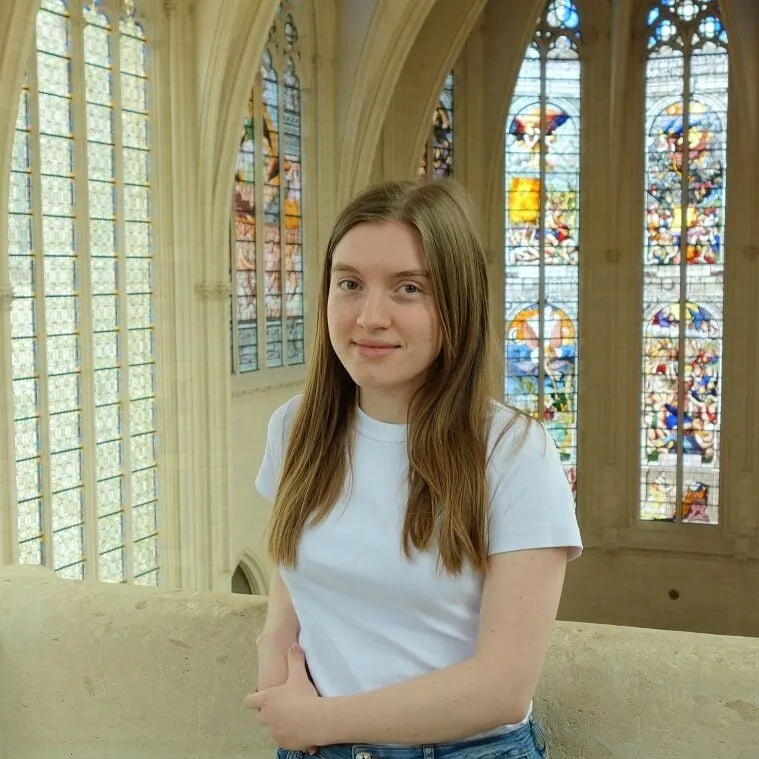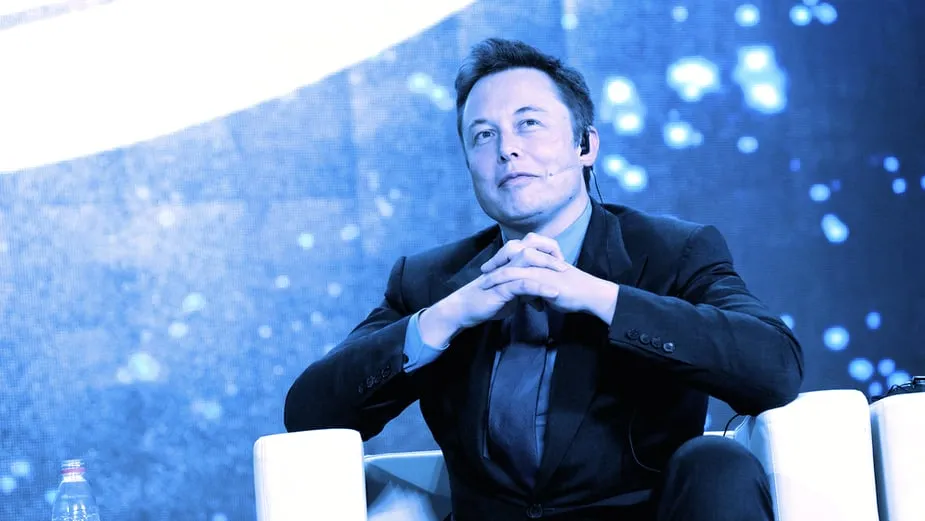Editor's note: This article has been updated on July 24 to reflect the latest updates to the social media platform.
Twitter has today discarded its iconic bird logo as part of a move to rebrand the social network as X. While the latest change to the platform under Elon Musk may come as a shock to some, it fits with just about everything the new owner has so far said about his intentions for the micro-blogging site.
Since acquiring Twitter in a $44 billion deal, the Tesla founder has voiced his ambitions to turn the platform into a WeChat-style "super app," with multiple functions in one place.
Chatting with fellow tech big-wigs on the All-In podcast back in May of last year, he said the Chinese app was “a good model” for what Twitter could become.
“If you're in China, you kind of live on WeChat, it does everything,” he said. “It's sort of like Twitter, plus PayPal, plus a whole bunch of other things. And all rolled into one.”
Upon hiring Twitter’s new CEO Linda Yaccarino in May of this year, Musk said that the executive would help “transform this platform into X, the everything app.”
The name X comes from Musk’s legacy business X.com, a precursor to Paypal. Musk bought back the domain name in 2017, saying he had no plans for it at that moment, but that it had “great sentimental value” for him.
Our headquarters tonight pic.twitter.com/GO6yY8R7fO
— Elon Musk (@elonmusk) July 24, 2023
The name change and super-app are not the only differences that have long been trailed by Musk, even before the deal was completed. Cracking down on spam, increasing premium users, and adding payment functions (perhaps even in Dogecoin) are all ideas that have been floated by the billionaire.
If all these grand ideas come to fruition—and the deal itself is done—what could the Twitter of Elon Musk look like?
Freedom of speech
Perhaps the most talked-about aspect of Musk’s takeover bid, when it was first announced, was free speech. Twitter’s owner has repeatedly underscored the need for what he called a “digital town square.”
Clarifying that his pursuit of free speech meant being “against censorship that goes far beyond the law,” Musk later reinstated several familiar faces who had previously been kicked off the platform—though Donald Trump has famously declined to return.
Musk also previously claimed that were he to take ownership of Twitter, it would be “geared towards the middle 80% of the population,” leaving both the far right and the far left “dissatisfied.”
By “free speech”, I simply mean that which matches the law.
I am against censorship that goes far beyond the law.
If people want less free speech, they will ask government to pass laws to that effect.
Therefore, going beyond the law is contrary to the will of the people.
— Elon Musk (@elonmusk) April 26, 2022
Bot-busting
The elimination of spam bots was figured as Musk’s top priority when he made his initial bid. The issue even held up the deal, with Musk suggesting that the company’s estimate that only 5% of its daily active users are bots is too low.
Under previous ownership, Twitter’s machine-learning methods were detecting and challenging between 5 to 10 million accounts every week, according to a blog post from last year. But Musk thought he could do better.
Measures introduced to tackle the problem have included the recent rate limits fiasco, which temporarily put a limit on the number of posts users could read. Settings for direct messages were also automatically changed on accounts recently to only allow message requests from verified users, though users can change this setting.
How well any of this has worked is unclear.
At a Wall Street Journal event in June, he said his team had eliminated at least 90% of scams and spam, but the claim has been questioned by data scientists. And since Twitter is no longer a public company, we won’t be seeing updates on its numbers unless it decides to release them.
Premium subscriptions
Twitter Blue, which costs $8 a month, was already in existence prior to the takeover. Musk’s headline change to the scheme was to give anyone who pays for the service should a blue “verified” check mark.
Originally, he said that these should appear different from the badges Twitter already gives out to users it deemed active and notable. But eventually, the old verified guard were stripped of their blue checks altogether, making it solely a Twitter Blue feature.
With a goal of 69 million Twitter Blue users by 2025, Musk has had a major focus on making the premium product worth paying for. But not all have stuck. In March, Musk said only verified accounts would appear in the "For You" feed that appears when users log in, and that only these accounts would be able to vote in polls. But these changes appear not to have been implemented as of the time of writing.
Verified users do have an advantage in tweet replies though, and can write longer posts of up to 25,000 characters. They are also eligible for the Creator Ads Revenue Sharing scheme, a monetization offer announced earlier this month that is set to reward top posters.
Dogecoin and NFTs
And as for how you’ll be charged for that Twitter Blue membership? Musk has suggested on Twitter that there might be an option to pay in Dogecoin, the meme coin that he's championed on the platform.
However, it’s anyone’s guess as to whether he’s serious about that.
One thing he’s not impressed by is Twitter’s recent adoption of NFT profile pictures, calling it “annoying” in a tweet and arguing that it was a waste of engineering resources that could be better spent targeting crypto scammers.
Twitter is spending engineering resources on this bs while crypto scammers are throwing a spambot block party in every thread!?
— Elon Musk (@elonmusk) January 21, 2022
Payments
Musk has previously suggested on Twitter that there might be an option to pay in Dogecoin, the meme coin that he's championed on the platform.
There was always a question as to whether he was serious about that, and the likelihood looks diminished amid an acrid legal battle over Musks’s alleged promotion of the token. Musk denies any wrongdoing.
What he does appear to be serious about is the idea of payments. On taking the helm, the former Paypal CEO has said that combining multiple functions into one app, comparable to China’s WeChat, would be “really useful.”
When talking about the possibility on the All-In Podcast, Musk said payments could be one part of the offering for such a platform, “whether it’s crypto or fiat.”
Those plans look to be moving ahead, with the company this month securing approval in three U.S. states to serve as a money transmitter.
Project Bluesky
Musk’s takeover has lit the fire under several rivals to Twitter, some pre-existing and others brand-new.
Decentralized social network project Bluesky, which began as a spin-out of Twitter, clarified during the deal that it was owned by employees and therefore not subject to the whims—or the ownership—of Twitter.
Since then it has launched an invite-only micro-blogging platform, attracting big names to sign up, and just recently closed an $8 million funding round.
Other rivals including Nostr, Mastodon, and Substack Notes have all had their moment in the sun too, but none have compared to the launch of Meta’s Threads app, which attracted over 10 million users in its first hours.
Musk has not said much on a strategic front about the pretenders for Twitter’s crown, other than reacting to memes and criticism of Threads on Twitter.
But he has shown that the platform will not give competitors an easy ride, restricting tweet embeds on Substack, and briefly blocking likes, retweets, and comments on tweets that linked out to Substack after the newsletter site launched its Twitter rival Notes.





